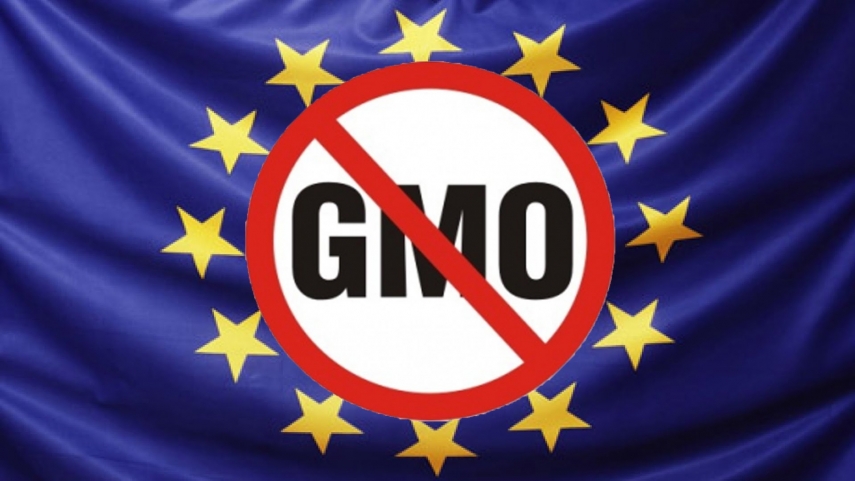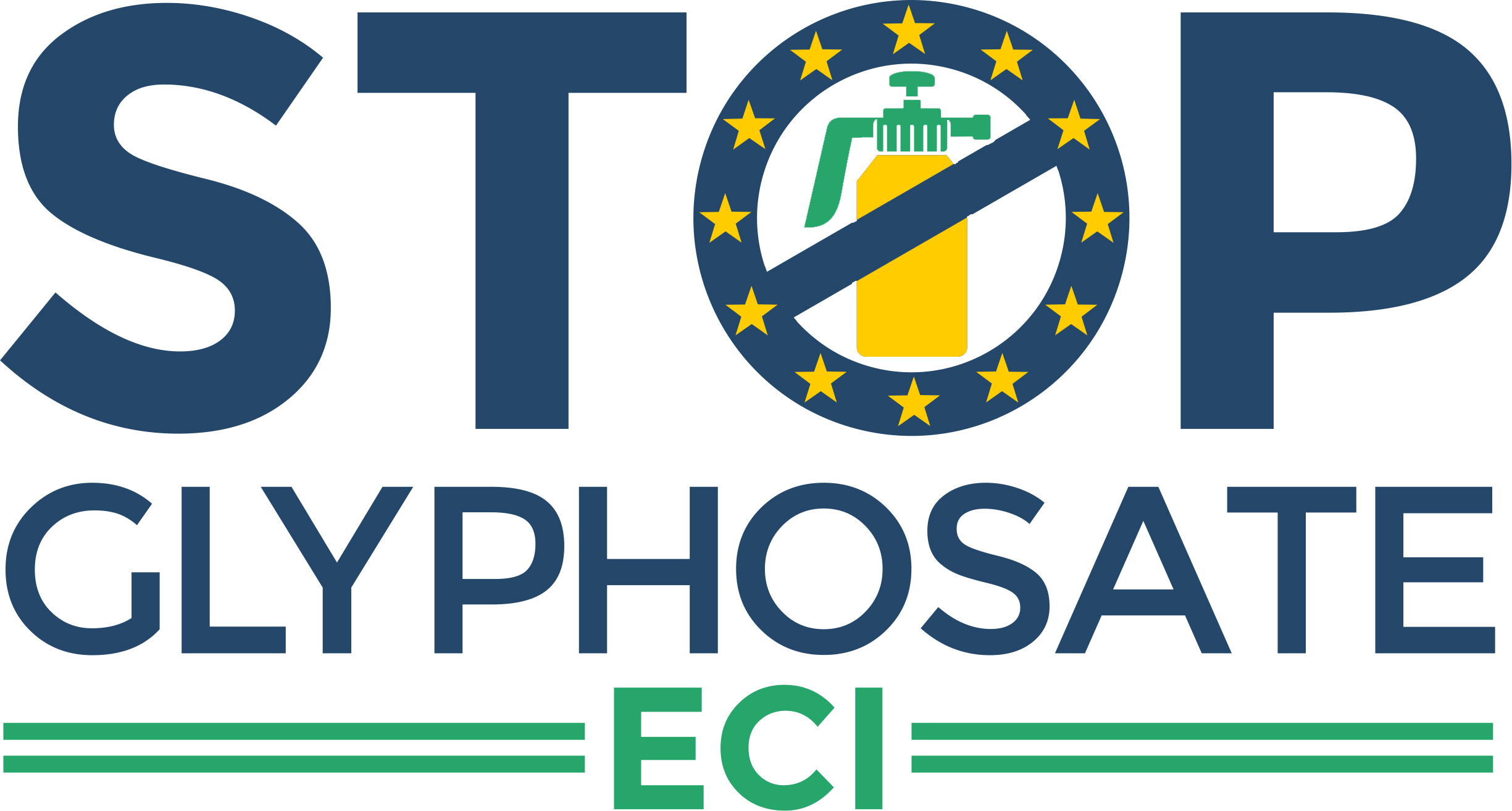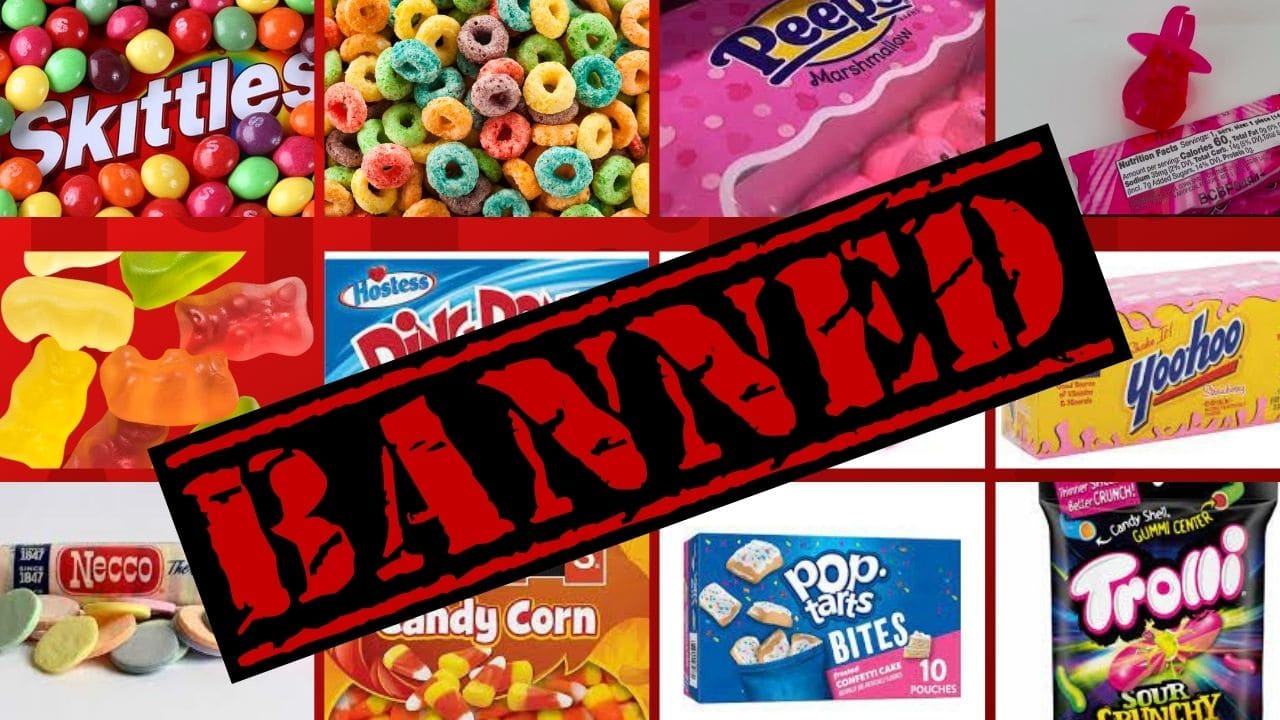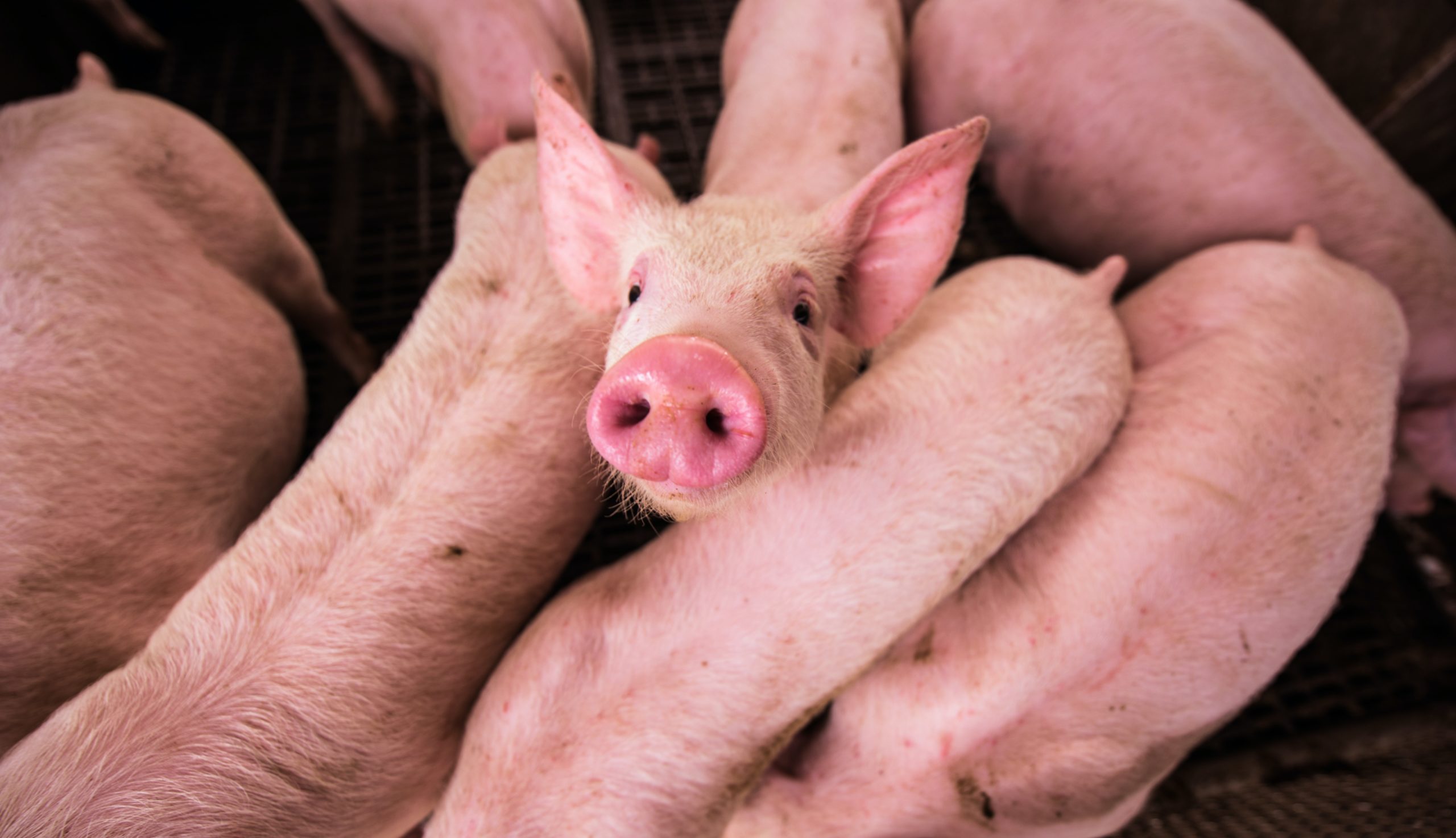Why America Should Adopt European Food Standards
When it comes to food safety and standards, the United States and Europe have very different approaches. While both regions regulate food to ensure its safety and quality, the regulations in Europe are often seen as stricter and more comprehensive compared to those in the U.S. This disparity has become more noticeable in recent years as consumers and advocacy groups push for stronger food safety policies in America. The difference in food standards between the two regions isn't just a matter of preference— it has real consequences for health, the environment, and consumer rights. In this blog, we'll explore the key differences in food regulations between the U.S. and Europe and why America should consider adopting stricter European standards.
Key Differences Between U.S. and European Food Standards
1. Genetically Modified Organisms (GMOs)

One of the most striking differences in food regulation between the U.S. and Europe is the stance on genetically modified organisms (GMOs). In Europe, GMOs are highly restricted. The European Union (EU) has stringent regulations on the cultivation and sale of GMO crops, and only a small number of GMO products are authorized for sale. Furthermore, the EU requires that all food containing more than 0.9% GMO content be clearly labeled.
In contrast, in the U.S., GMOs are far more prevalent in the food supply. According to estimates, around 70-80% of processed foods in the U.S. contain ingredients derived from genetically modified crops. While GMO products are not inherently dangerous, there is significant debate over their long-term effects on human health and the environment. Many European countries have taken a precautionary approach, limiting GMO crops and insisting on clear labeling, allowing consumers to make informed choices. The U.S. does not require such labeling for GMO foods, which has raised concerns over transparency and consumer rights.
Why America Should Adopt European Standards:
By adopting similar GMO regulations to Europe, the U.S. would give consumers more control over their food choices. Clear labeling and restrictions on GMO crops would empower people to make informed decisions about their health and the environment, encouraging a more transparent food system.
2. Pesticide Use

Pesticide use is another area where Europe and the U.S. differ significantly. European countries are much stricter when it comes to the use of pesticides in food production. The EU has banned or severely restricted the use of many pesticides deemed harmful to human health or the environment. For example, the EU banned the controversial pesticide glyphosate, citing potential links to cancer, and has worked to phase out other toxic chemicals over the years.
In contrast, the U.S. has a more lenient approach to pesticide use. The Environmental Protection Agency (EPA) regulates pesticides, but many chemicals that are banned in Europe remain in use in the U.S. For example, pesticides like chlorpyrifos and neonicotinoids are still allowed in American agriculture, despite concerns about their health and environmental impacts.
Why America Should Adopt European Standards:
Stricter pesticide regulations would help reduce the exposure of both consumers and farmworkers to harmful chemicals. The European Union's proactive approach to banning dangerous pesticides and transitioning to safer alternatives could set a model for the U.S. to follow, promoting healthier food and a cleaner environment.
3. Food Additives and Artificial Ingredients

Europe is far more cautious about the use of food additives and artificial ingredients than the U.S. The European Food Safety Authority (EFSA) conducts rigorous testing before approving food additives, and many ingredients that are commonly used in American food are banned in Europe. For example, artificial food colorings like Red 40 and Yellow 5, which are common in many U.S. processed foods, are linked to behavioral problems in children and are banned in Europe. Similarly, ingredients like potassium bromate, a potential carcinogen, are restricted or banned in Europe but still widely used in the U.S.
On the other hand, the U.S. Food and Drug Administration (FDA) tends to take a more lenient approach to food additives. The FDA has approved a larger number of synthetic chemicals for use in food, many of which have been deemed potentially unsafe by European regulators. In many cases, the FDA relies on industry-funded research to determine whether food additives are safe, which can raise concerns about bias and transparency.
Why America Should Adopt European Standards:
Stricter regulations on food additives would help ensure that the chemicals we consume on a daily basis are thoroughly tested for safety. By adopting European standards, the U.S. could reduce the risk of exposing consumers to potentially harmful substances and take a more cautious approach to new food ingredients.
4. Animal Welfare and Antibiotic Use

Animal welfare is another area where the U.S. and Europe diverge. European countries have strong animal welfare laws that govern the treatment of farm animals, including regulations on living conditions, transportation, and slaughter practices. For example, in the EU, there are strict limits on the use of antibiotics in animals, and antibiotics are banned for use as growth promoters. Additionally, Europe has banned practices such as the routine culling of baby male chicks in the egg industry, which is still allowed in the U.S.
In the U.S., factory farming practices are more common, and the use of antibiotics in livestock is widespread. Antibiotics are often used not just for medical treatment but also to promote growth and prevent disease in crowded and unsanitary conditions. This overuse of antibiotics has been linked to the growing problem of antibiotic-resistant bacteria, which poses a major threat to public health.
Why America Should Adopt European Standards:
Stricter animal welfare laws and a ban on routine antibiotic use in livestock would help improve the health and well-being of animals, reduce the risk of antibiotic resistance, and ultimately produce healthier food for consumers. By aligning with European standards, the U.S. could promote more ethical and sustainable farming practices.
5. Labeling and Transparency
Finally, European food regulations emphasize transparency and consumer rights more than U.S. regulations. The EU mandates clear and comprehensive food labeling, including information on the origin of the product, ingredients, allergens, and whether the product contains GMOs or artificial additives. This allows European consumers to make more informed decisions about the food they buy.
In the U.S., food labeling can be more ambiguous, with a lack of requirements for GMO labeling and fewer rules regarding the disclosure of certain ingredients and production methods. For example, many processed foods in the U.S. are labeled "natural" or "healthy," but these terms have little to no regulatory definition, leading to confusion among consumers.
Why America Should Adopt European Standards:
Stronger food labeling laws would empower consumers to make better-informed choices about their food. Transparency in labeling not only promotes trust between consumers and producers but also fosters a more sustainable and ethical food system.
Conclusion: Why America Should Adopt European Food Standards

The differences in food standards between the U.S. and Europe reflect differing priorities when it comes to consumer health, environmental sustainability, and food safety. Europe’s more cautious and transparent approach to food regulation has led to stricter bans on harmful chemicals, GMOs, and food additives, as well as stronger animal welfare laws. These regulations are not just about protecting consumers from immediate health risks—they are also about safeguarding the environment and promoting long-term sustainability in agriculture.
Adopting similar food standards in the U.S. would help ensure that Americans have access to safer, healthier, and more environmentally-friendly food. While this shift would require significant changes in farming practices and food industry regulations, it could lead to better health outcomes, a more transparent food system, and a more sustainable future for both people and the planet. By aligning with European standards, the U.S. could set a new benchmark for food safety, sustainability, and consumer rights.
